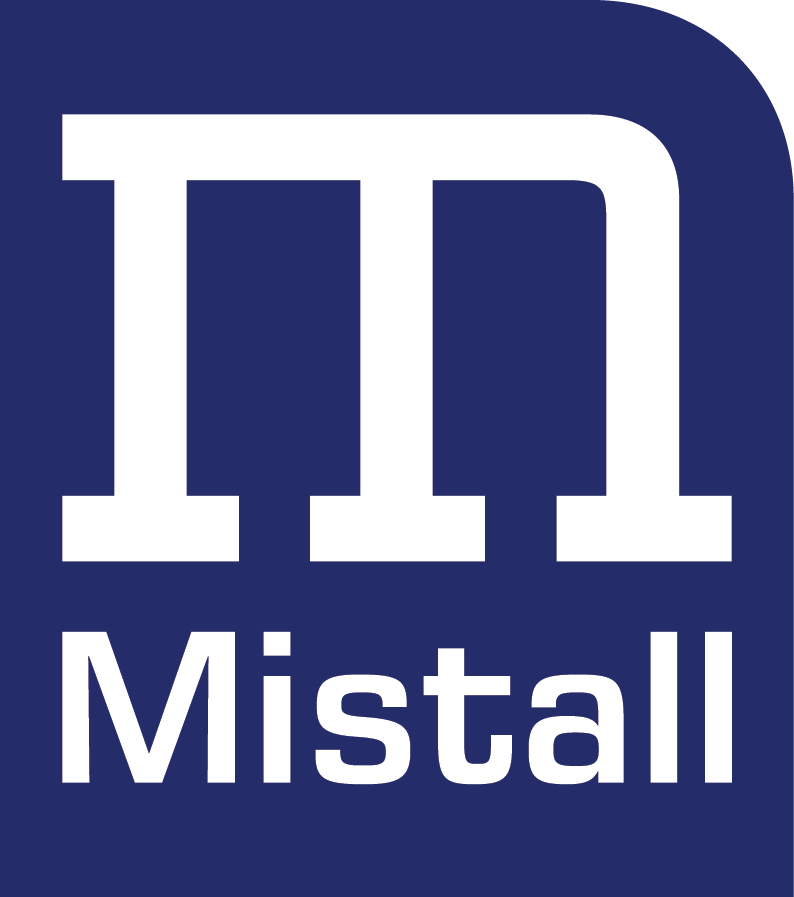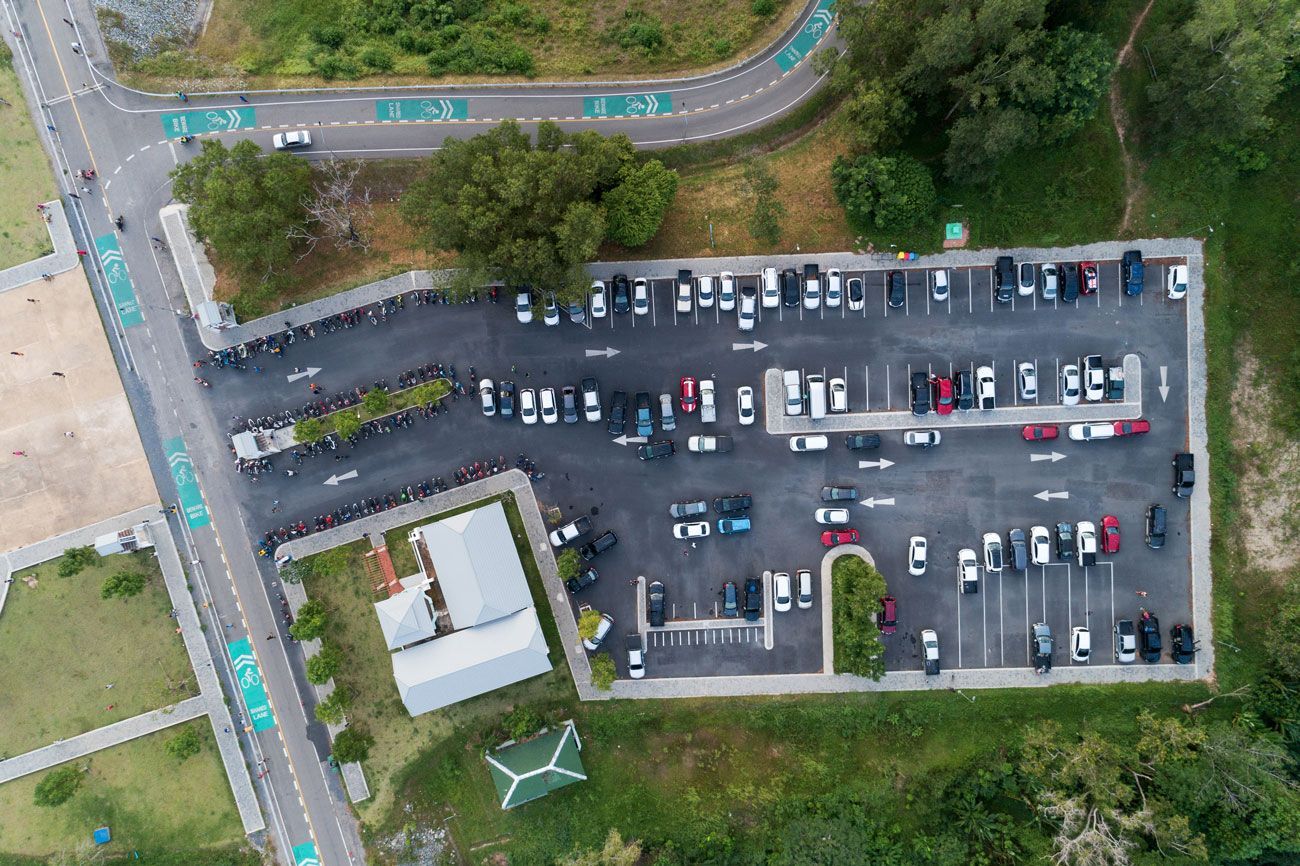Smart parking management depends on visibility. When you run a parking facility for a large campus or municipality, you don’t have the luxury of guessing. You need real time information about occupancy, compliance, and safety. How full is each parking lot? Who’s parking where? Are drivers paying—and are your parking lot cameras helping keep the property secure?
At Mistall, we’ve seen first-hand how frustrating it is to manage parking operations without accurate insights. Before adopting a modern parking lot monitoring system, many clients relied on spreadsheets and outdated tools, leaving them vulnerable to traffic issues, security concerns, and constant complaints. With the right data in place, they’ve moved from reactive firefighting to proactive control.
Here are the four core data sources every parking manager should track—and why they matter.
1. License Plate Recognition (LPR): From Guesswork to Granular
License plate recognition provides clarity you can’t get elsewhere. Fixed LPR cameras deliver live parking occupancy counts, while mobile LPR—often mounted on enforcement vehicles—offers point-in-time snapshots. Combined, they build a complete picture of lot usage.
With permit classification, LPR doesn’t just tell you how many vehicles are present—it shows what kind of users they are. That means you can see whether faculty, students, or visitors are filling a parking space. This plate-based data also tracks dwell time, helping you address traffic congestion, theft risks, or even vandalism by aligning parking and security enforcement.
2. Paid Occupancy Data: Follow the Money, Find the Truth
A parking lot may look full, but how many of those vehicles actually paid? Transaction data closes the gap between occupancy and compliance. By integrating payment records from apps, meters, and permits, managers can spot revenue leakage, write citations, and build stronger reports.
This financial layer doesn’t just support enforcement—it protects your business. Knowing which drivers comply with payment rules improves safety, discourages criminal activity, and gives leadership confidence that the management system is meeting specific needs.
3. Permit Classification Data: Context Is Everything
Permit data reveals who’s using a parking space and why. Without that context, you risk solving the wrong problems.
In one case, a university department complained about parking shortages. Integrated permit and license plate data revealed their own staff were overusing the lot. Once identified, the misuse stopped, restoring order without costly infrastructure changes.
Permit classification helps you:
- Allocate parking fairly
- Enforce access control rules
- Protect property by discouraging misuse
The result: smoother operations and less conflict within your community.
4. Manual Occupancy Counts: Still Valuable, Still Powerful
Not every parking lot has sensors or surveillance cameras. That’s why manual counts still matter. Mistall’s mCount lets staff log available parking space counts from their phones. Those counts get centralized instantly, creating trend lines that validate other sources.
This data is especially useful during pilot programs, on small sites, or in areas without infrastructure. Manual counts can even flag safety or security concerns that cameras might miss, helping prevent theft, vandalism, or other crime.
Integration Is Everything
The real advantage comes when all four sources connect:
- LPR shows real-time occupancy
- Transactions reveal payment compliance
- Permits explain user behavior
- Manual counts validate the picture
Together, they create complete parking lot security coverage—combining surveillance, safety, and operations data. You’ll have reports for leadership, answers for complaints, and insights for planning.
Over time, these records help with high-stakes decisions like expansions, exit strategies, and policy changes. Instead of guesswork, you get facts.
Built for Parking Managers, Not Data Scientists
Mistall is built for people who manage parking needs daily—not for consultants or IT teams. Most clients start with one or two data feeds, and we expand from there. Our platform connects to parking lot security cameras, sensors, access control systems, and other tools you already own.
You don’t need new infrastructure. You just need visibility—and peace of mind that your property is safe and your operations are under control.
Let the Data Do the Heavy Lifting
Managing parking isn’t easy. Complaints, traffic, safety, and compliance all compete for attention. But with integrated data and complete parking lot security, you stop chasing problems and start preventing them.
Mistall gives you clarity with license plate recognition, transaction tracking, permit classification, and manual counts. That means you can:
- Identify available parking space instantly
- Protect property with surveillance and security cameras
- Improve safety for drivers and users
- Keep business operations running smoothly
Better data means better decisions—and a better experience for everyone who uses your parking lot.
Frequently Asked Questions
What is the most important data source for parking management?
License Plate Recognition (LPR) is often the most impactful because it gives real-time visibility into occupancy and patterns.
Why should I integrate payment data with parking occupancy?
Payment data helps you identify compliance gaps and understand if the vehicles parked are actually paying customers.
Are manual occupancy counts still relevant with smart tech?
Yes. Manual counts are great for areas without sensors and can validate automated data, especially during pilot programs.
How does Mistall improve my current parking system?
Mistall integrates with your existing tools, consolidates your data, and helps you make decisions based on real-time, accurate information.
What if I only have one type of data right now?
That’s fine. Mistall works with what you have and helps you build a phased, scalable data strategy over time.


